Home>Ideas and Tips>Shadows On The Wall Pro Painting Techniques
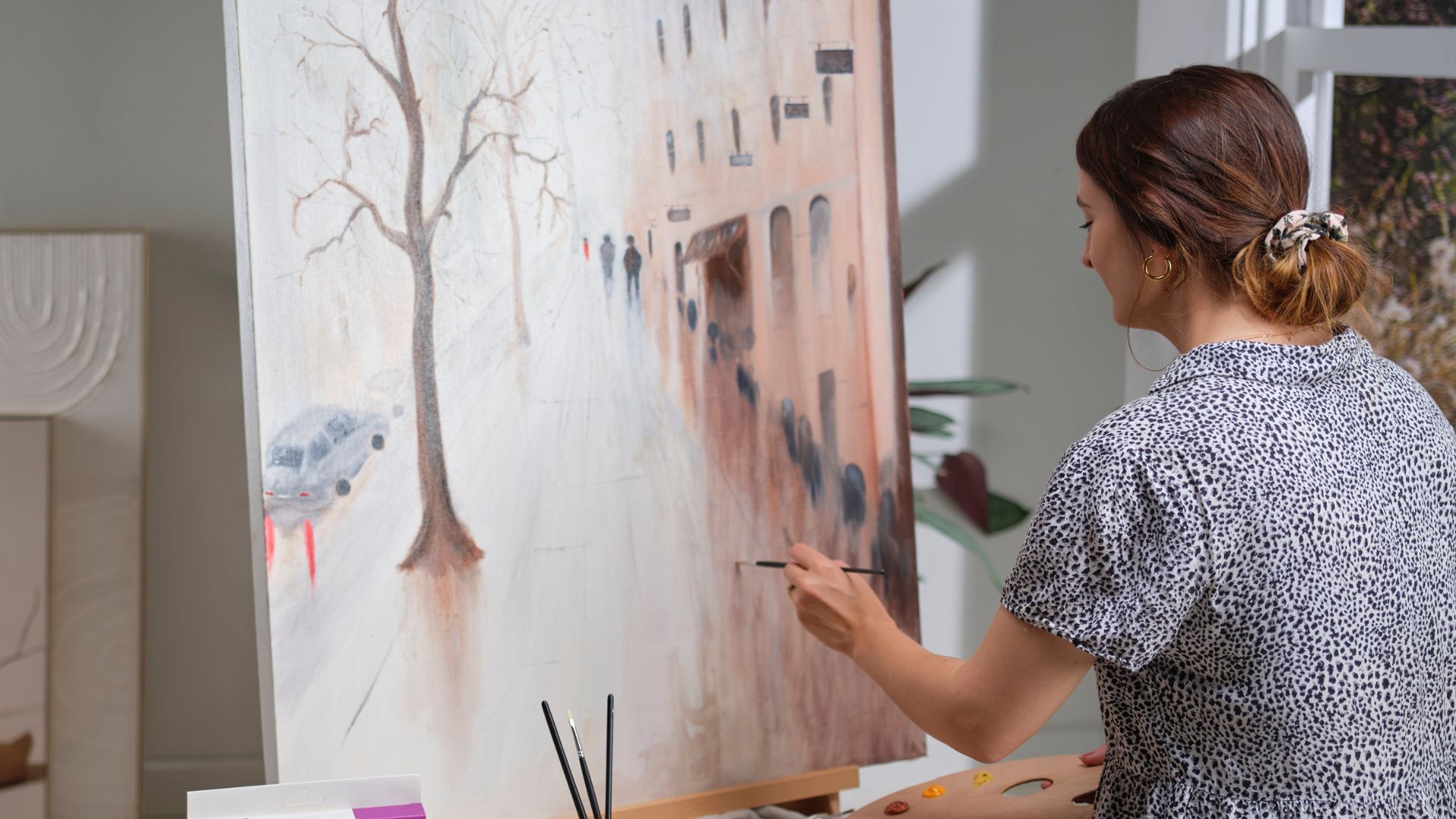

Ideas and Tips
Shadows On The Wall Pro Painting Techniques
Published: October 19, 2024
Master the art of painting realistic shadows with pro techniques for watercolor and acrylic, adding depth and dimension to your artwork.
(Many of the links in this article redirect to a specific reviewed product. Your purchase of these products through affiliate links helps to generate commission for Storables.com, at no extra cost. Learn more)
Shadows are an essential element in painting, adding depth, dimension, and emotion to a scene. They help ground objects and create a sense of realism by indicating where light sources are and how they interact with the subject. In this article, we will delve into the techniques for painting realistic shadows, focusing on watercolor, acrylic, and general principles that can be applied to various mediums.
Understanding Shadows
Before we dive into the techniques, it's crucial to understand what shadows are and how they function in a painting. Shadows are areas where light is blocked by objects, resulting in darker regions that provide contrast to the lighter areas. There are two main types of shadows: cast shadows and form shadows.
- Cast Shadows: These occur when one object blocks light from hitting another object. They have a clear edge and can be quite dark, especially if the light source is strong.
- Form Shadows: These occur when a plane or surface curves away from the light source, resulting in softer shadows with less defined edges.
Understanding these types of shadows helps artists create more realistic and engaging compositions.
Read more: How To Paint Plastic Like A Pro
Observing Shadows
To paint realistic shadows, it's essential to observe them carefully. Here are some tips for observing shadows:
- Look for Shapes: Shadows can be complex shapes that provide interesting abstract patterns. Artists should focus on the shapes of shadows rather than just blocking in black areas.
- Edge Quality: The edge quality of a shadow can vary greatly depending on the surface it falls onto and the distance from the object casting it. Hard edges indicate sharp transitions, while soft edges suggest gradual changes.
- Color Temperature: The color temperature of the light source affects the color of shadows. Warm light sources (like sunlight) produce warm shadows, while cool light sources (like moonlight) produce cool shadows.
- Local Color: The local color of the surface under the shadow also influences its appearance. For example, shadows on dark surfaces will appear lighter than those on light surfaces.
- Value: The value or lightness/darkness of shadows is crucial for creating depth and dimension in a painting. Shadows can range from very light to very dark, depending on their distance from the light source and the surface they fall onto.
Watercolor Techniques for Painting Shadows
Watercolor is particularly challenging when it comes to painting shadows because it's easy to darken areas but difficult to maintain light values. Here are some specific techniques for painting shadows in watercolor:
-
Sketch the Scene:
- Begin by loosely drawing the scene on your paper. Establishing the vanishing point is crucial for accurate perspective.
- Use a 2B pencil for sketching as it provides a good balance between detail and erasability.
-
Wash in Dilute Color:
- Use a flat wash brush to wash over the entire paper with mixes of suitable colors. This helps establish the overall light and dark values of the scene.
- Start with lighter washes and gradually build up to darker ones to avoid muddying the paper.
-
Add Interest to Shadows:
- Add ill-defined marks within darker areas to suggest texture and interest without defining them too much.
- Ensure these marks are predominantly in the expected directions (vertically or towards the vanishing point) to maintain coherence.
-
Light Up the Shadows:
- Add criss-crossing festoons of lights in the sky area using dark blobs and white gouache.
- Use gouache for cables crossing in front of dark backgrounds to add depth and detail.
-
Finishing Touches:
- Add more detail to main figures and lines on the ground to lead the eye into the painting.
- Subtly darken walls, paint shop signs, and add horizontal brushstrokes on the ground for final touches.
Grahame Booth’s Approach
Grahame Booth, a watercolorist, emphasizes focusing on light when painting shadows. He explains that it's easy to get bogged down in thinking about shadows but forgetting about light can lead to trouble in watercolor painting. His approach involves starting with lights, then lighter darks, and finally committing to strong darks while letting each layer dry completely between steps.
Catherine Hillis’s Insights
Catherine Hillis advises observing color temperature differences in shadows and including reflected colors from various sources like the sky above, light sources like the sun, ground below, and structures around. She suggests squinting when looking at a subject to simplify it into shapes, values (lightness/darkness), warms (warm colors), and cools (cool colors). This helps in accurately painting shadows by considering their overall value and color temperature.
Read also: 15 Amazing Pro Paint Brushes For 2025
Acrylic Techniques for Painting Shadows
Acrylic painting offers more flexibility than watercolor when it comes to layering and blending colors. Here are some techniques specific to acrylic:
-
Tonal Underpainting:
- Start with a tonal underpainting using mid-tones that are sympathetic to your scene. This helps in judging other colors accurately as you build up layers.
-
Minimal Painting:
- Focus on spending more time on shadows and lights rather than filling in every detail immediately.
- Use reference photos taken with automatic settings but edit them to lift up shadows for more accurate representation.
-
Shadow Shapes:
- Observe the shape of cast shadows directly related to the object casting them and the surface they fall onto.
- Note how shadows become lighter towards their edges due to bounced light from surrounding surfaces.
-
Edge Quality:
- Pay attention to how far away from the object casting it the shadow is; this affects its softness or hardness even in bright sunlight.
-
Color Temperature Consistency:
- Stick consistently with either warm or cool light sources throughout your painting for coherence in shadow colors.
-
Local Color Influence:
- Consider local color under shadows; dark surfaces will have lighter shadows while light surfaces will have darker ones.
-
Value Observation:
- Judge tonal values accurately; start with mid-tones for cast shadows which can be refined later with additional color layers.
General Principles for Painting Realistic Shadows
While specific techniques vary by medium, there are several general principles that apply across different painting styles:
-
Shape Observation:
- Focus on abstract shapes formed by shadows rather than just blocking in black areas.
-
Edge Quality Observation:
- Note whether edges are hard or soft depending on surface interaction and distance from light source.
-
Color Temperature Consideration:
- Ensure consistency in color temperature based on light source type (warm or cool).
-
Local Color Influence:
- Consider local surface color when painting shadows as it affects their appearance significantly.
-
Value Judgment:
- Accurately judge lightness/darkness values ensuring gradual transitions between light and dark areas for depth perception.
-
Reference Use:
- Use reference images but edit them if necessary to avoid over-darkening shadows which often happens with automatic camera settings.
Practical Exercises for Improving Shadow Observation
To improve your skills in observing and painting realistic shadows, try these practical exercises:
-
Shadow Walks:
- Take walks outside during different times of day observing how shadows change with varying light conditions.
-
Reference Photo Analysis:
- Analyze reference photos taken under different lighting conditions focusing on shadow shapes, edge qualities, color temperatures, and local colors under shadows.
-
Life Drawing Sessions:
- Participate in life drawing sessions where you can observe how shadows fall on human forms under different lighting setups which helps understand form shadows better.
-
Shadow Casting Experiment:
- Conduct an experiment by waving a wand-like object across a subject allowing it to cast shadows across its entirety; this helps identify where shadows fall precisely.
By following these techniques and principles tailored for both watercolor and acrylic mediums along with general principles applicable across various styles you can master painting realistic shadows adding depth emotion balance rest composition making your paintings look convincing engaging realistic capturing essence sunlight beautifully framing subjects within their environment effectively driving viewer’s eye focal point enhancing overall impact artwork created.
Shadows are indeed one of the most powerful tools an artist has at their disposal when creating compelling compositions that draw viewers in while telling stories about light interaction with subjects around them adding dimension form depth emotion balance rest composition making paintings look convincing engaging realistic capturing essence sunlight beautifully framing subjects within their environment effectively driving viewer’s eye focal point enhancing overall impact artwork created.
By mastering shadow observation techniques outlined above whether working watercolor acrylic mediums artists will find themselves able create more believable realistic engaging compositions capturing essence sunlight beautifully framing subjects within their environment effectively driving viewer’s eye focal point enhancing overall impact artwork created.
In conclusion mastering shadows requires patience practice observation attention detail consistency adherence principles outlined above whether working watercolor acrylic mediums artists will find themselves able create more believable realistic engaging compositions capturing essence sunlight beautifully framing subjects within their environment effectively driving viewer’s eye focal point enhancing overall impact artwork created.
So next time you sit down paint remember shadows aren’t just dark areas blocking light but complex shapes influencing entire composition adding depth dimension emotion balance rest making paintings look convincing engaging realistic capturing essence sunlight beautifully framing subjects within their environment effectively driving viewer’s eye focal point enhancing overall impact artwork created.
Happy painting
Was this page helpful?
At Storables.com, we guarantee accurate and reliable information. Our content, validated by Expert Board Contributors, is crafted following stringent Editorial Policies. We're committed to providing you with well-researched, expert-backed insights for all your informational needs.
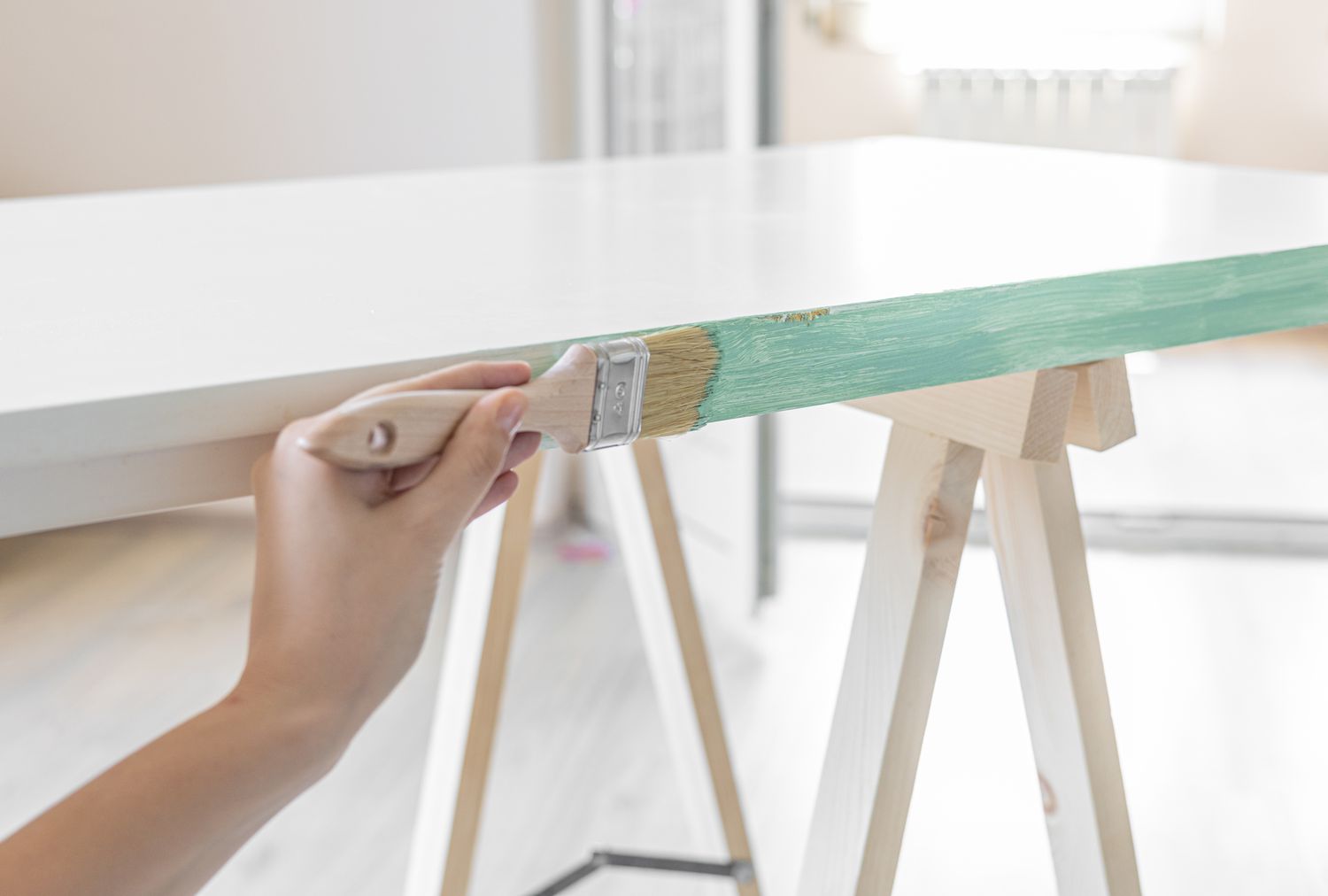
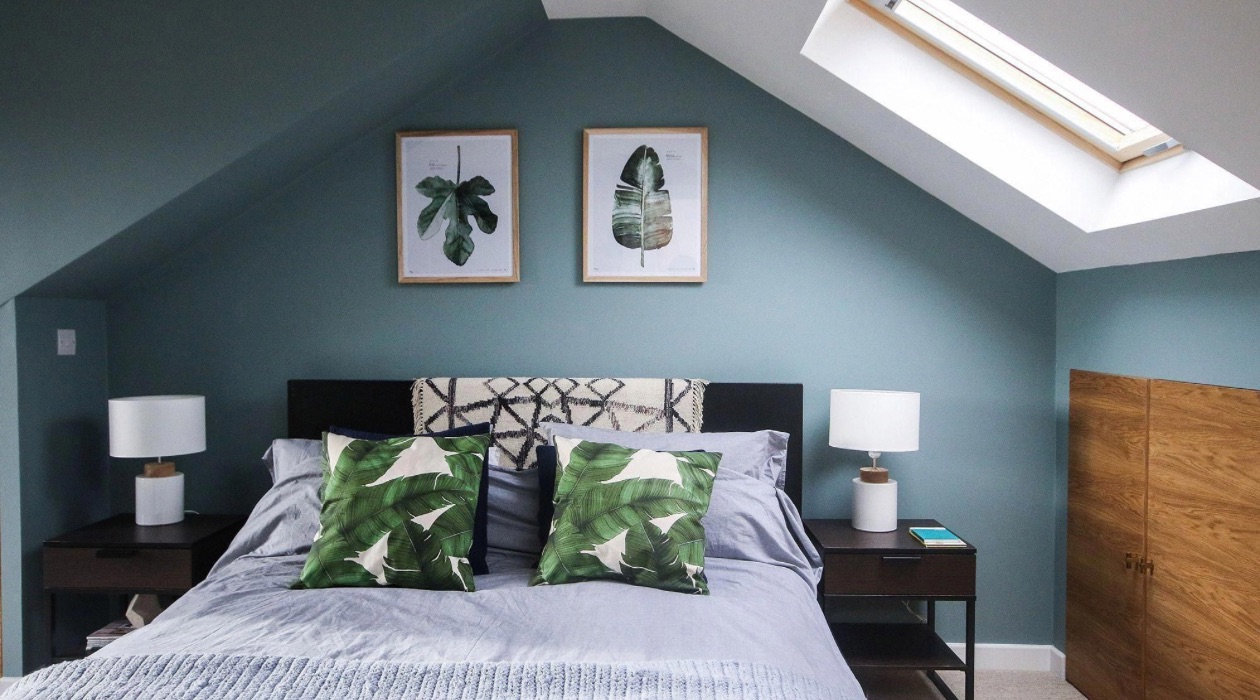
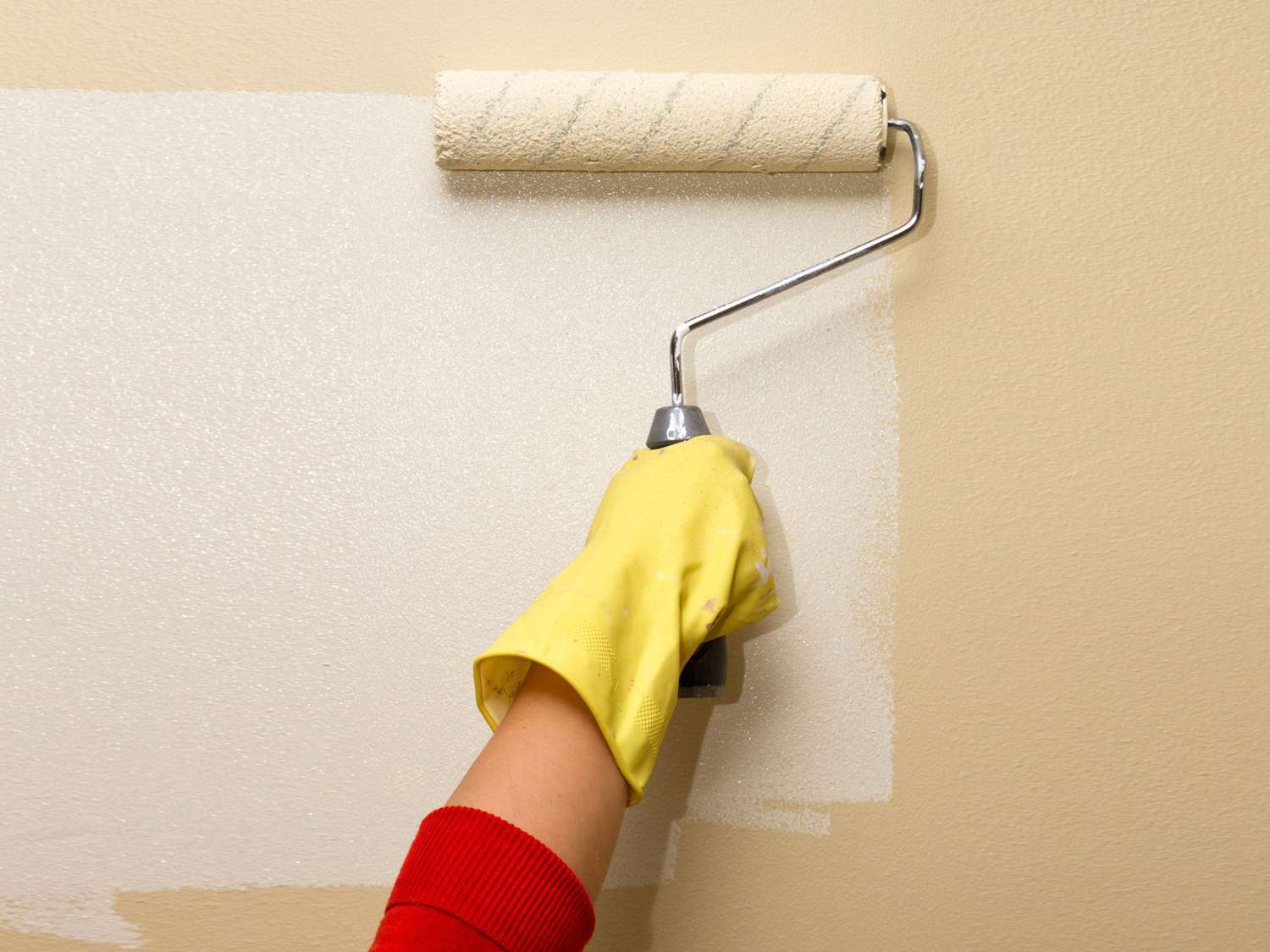
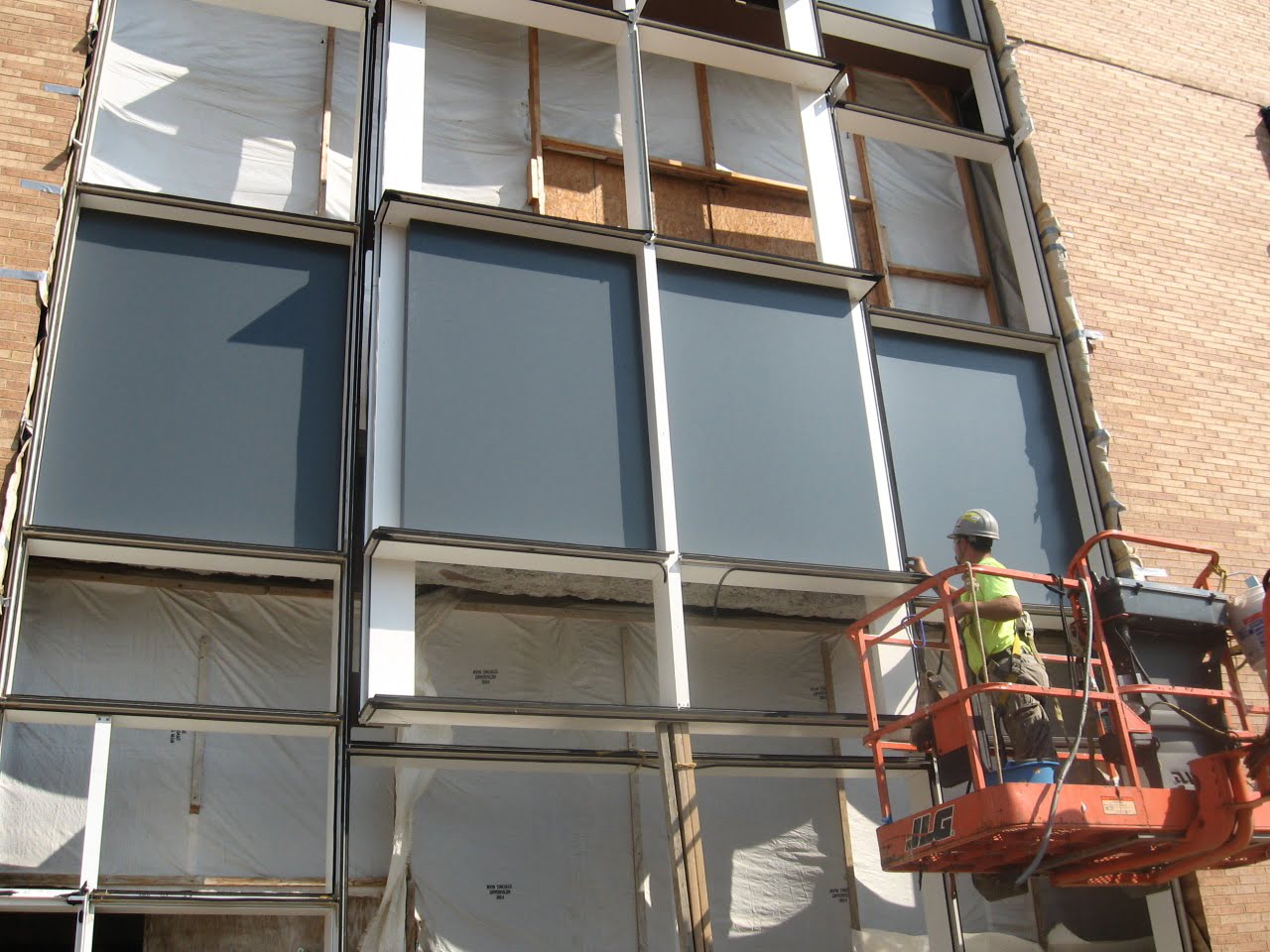
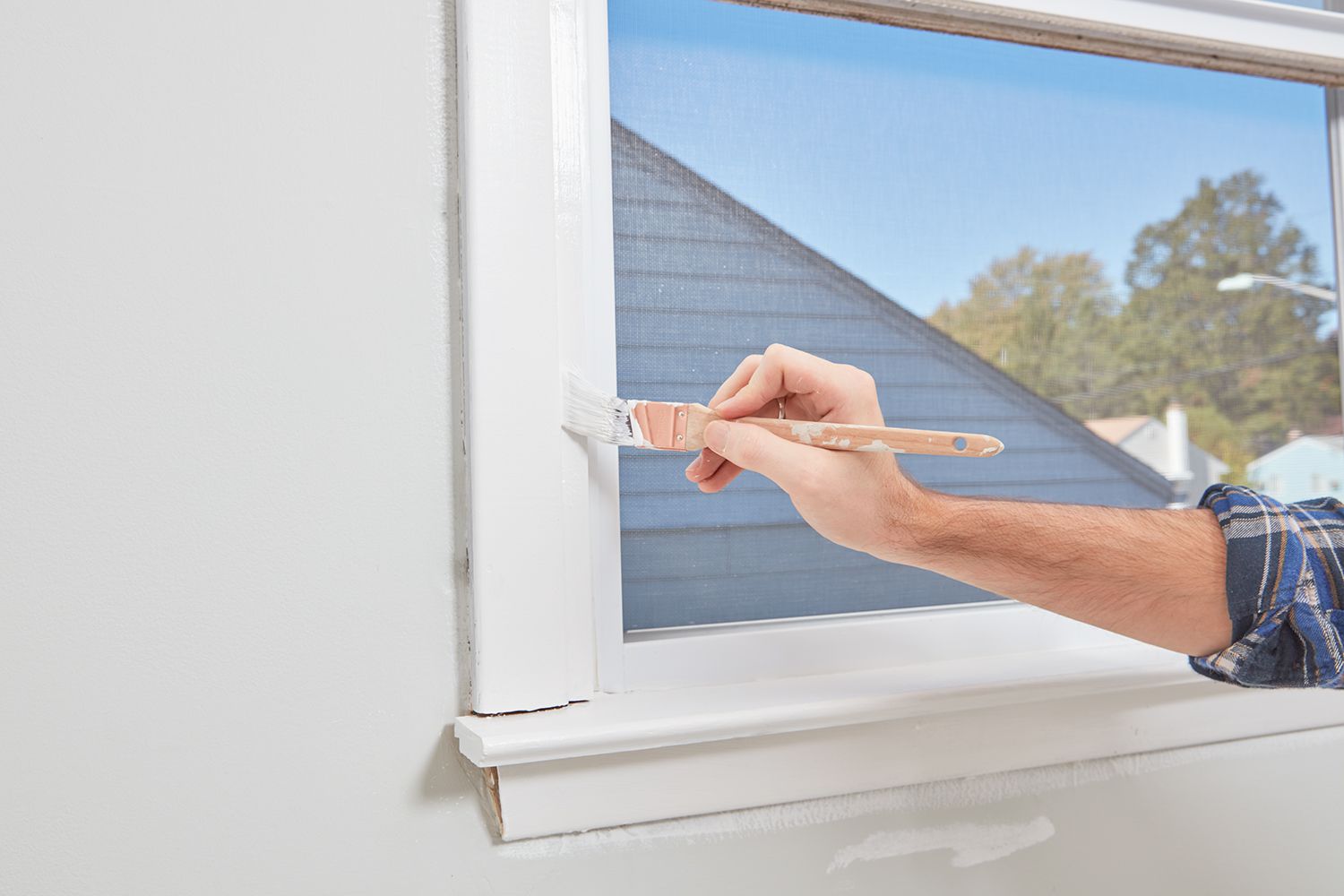

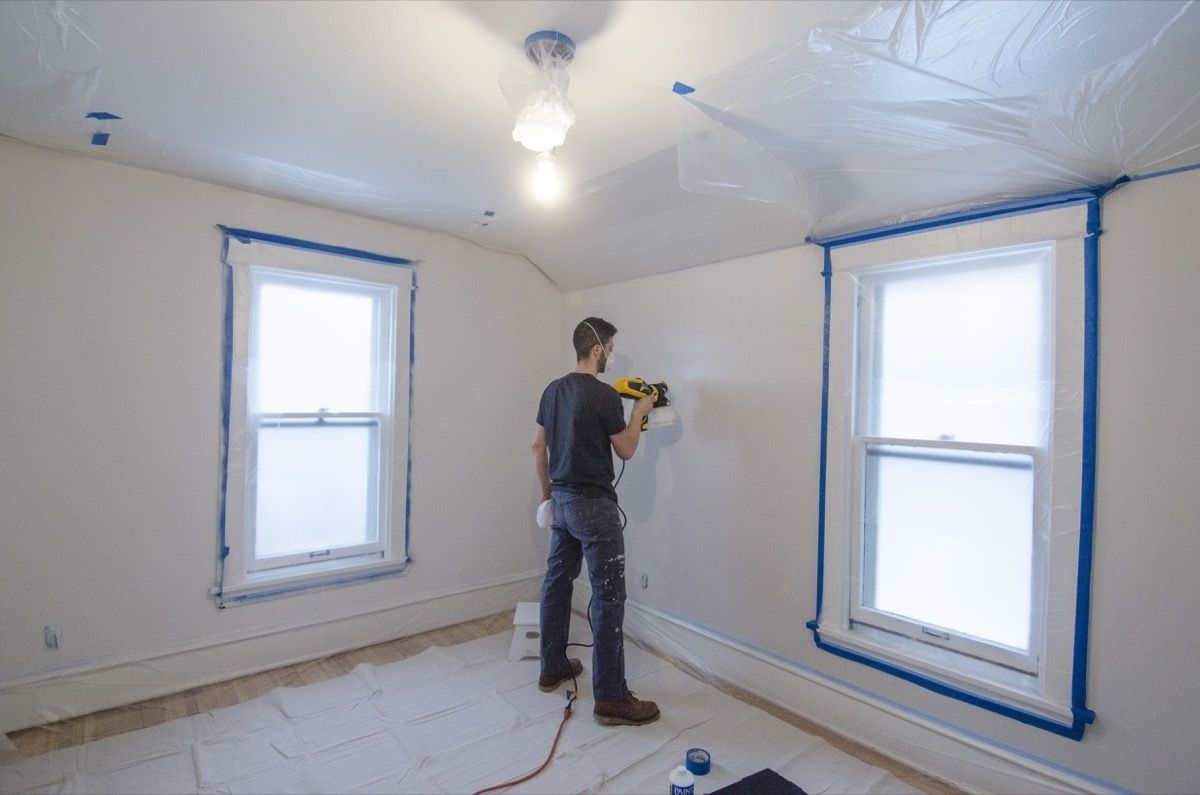
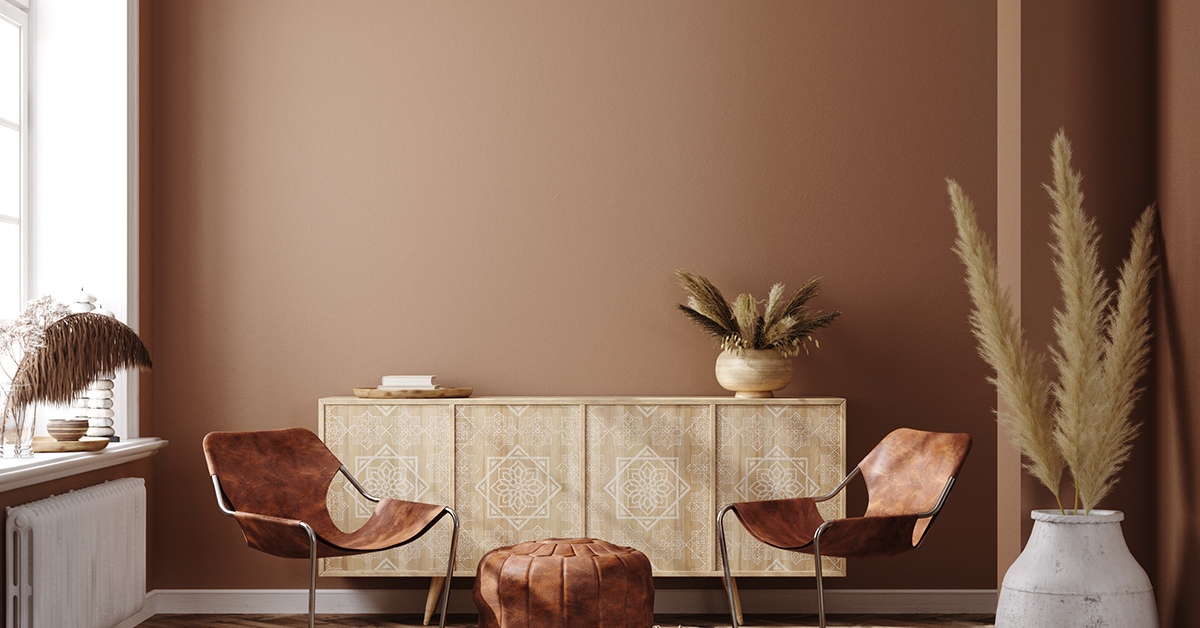


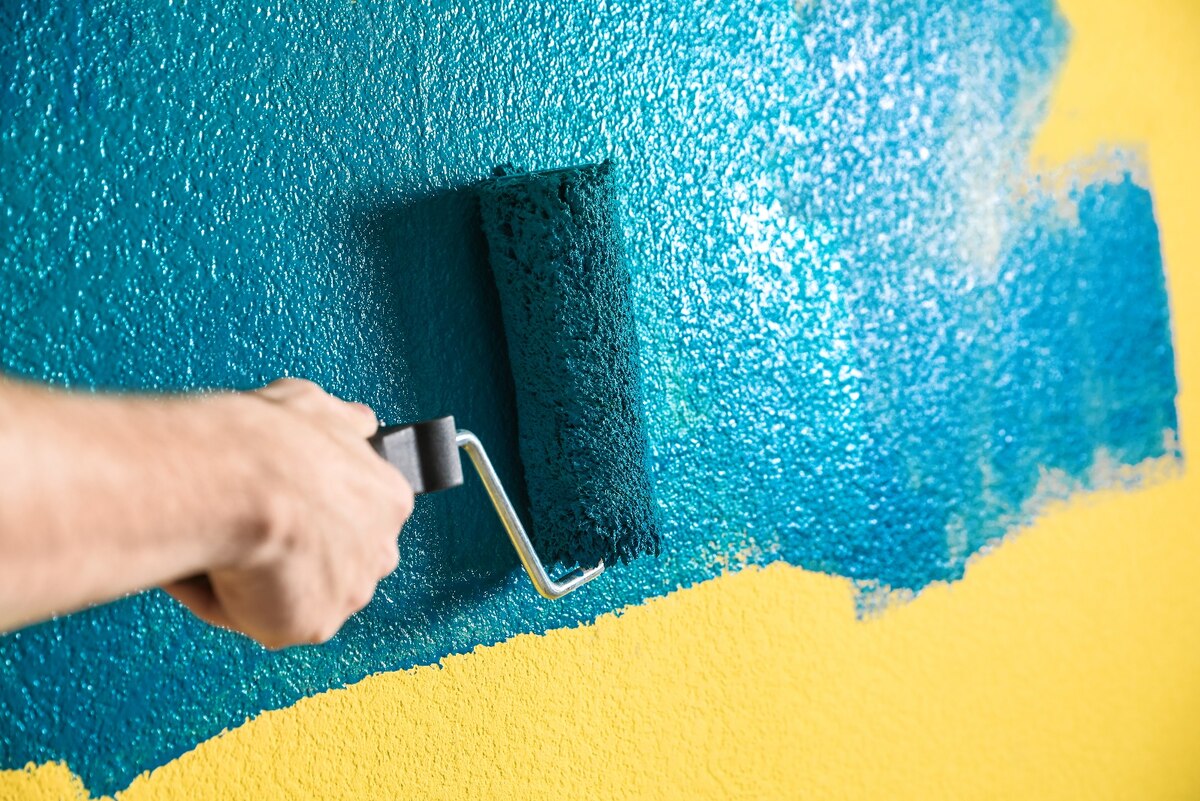
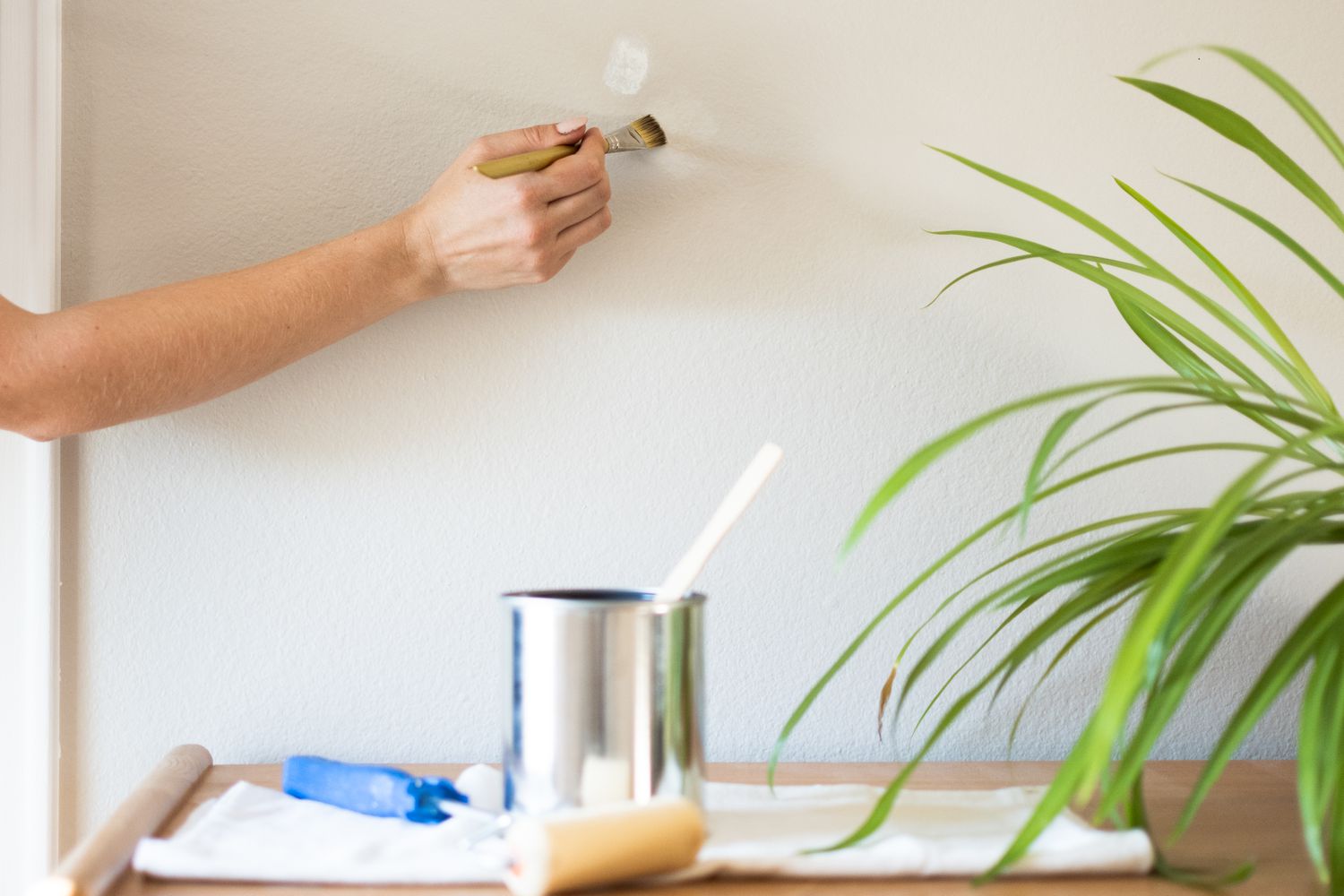
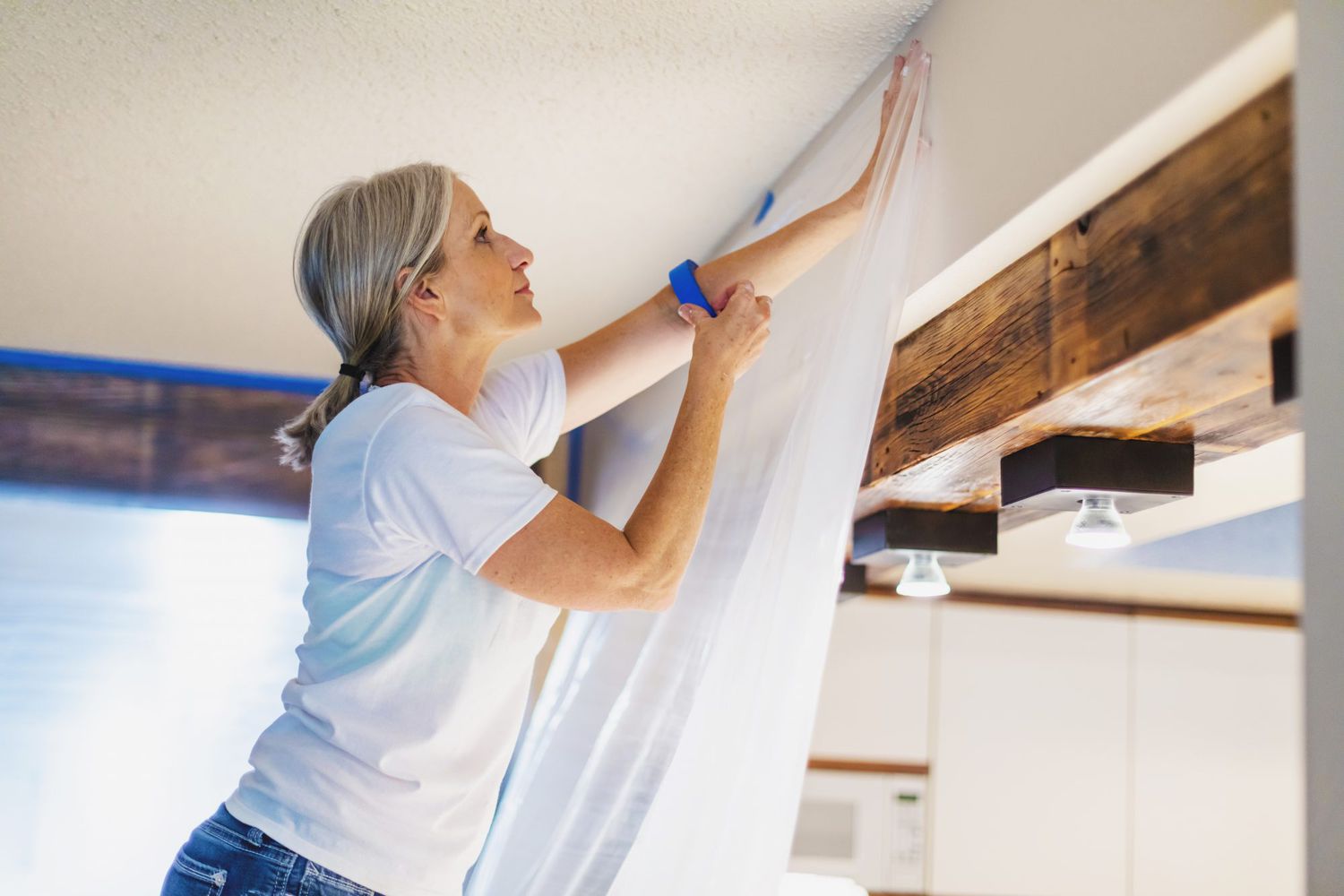
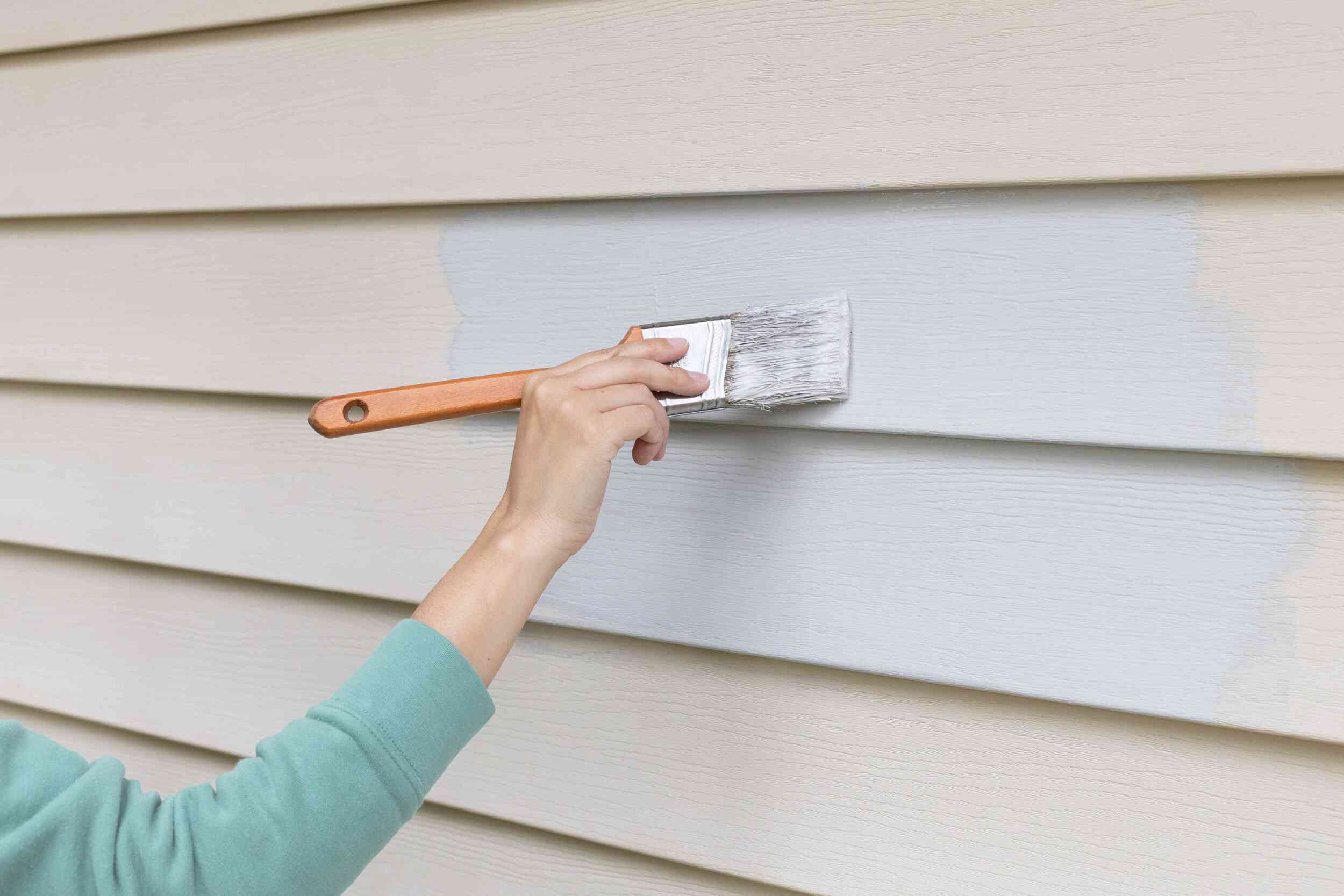

0 thoughts on “Shadows On The Wall Pro Painting Techniques”